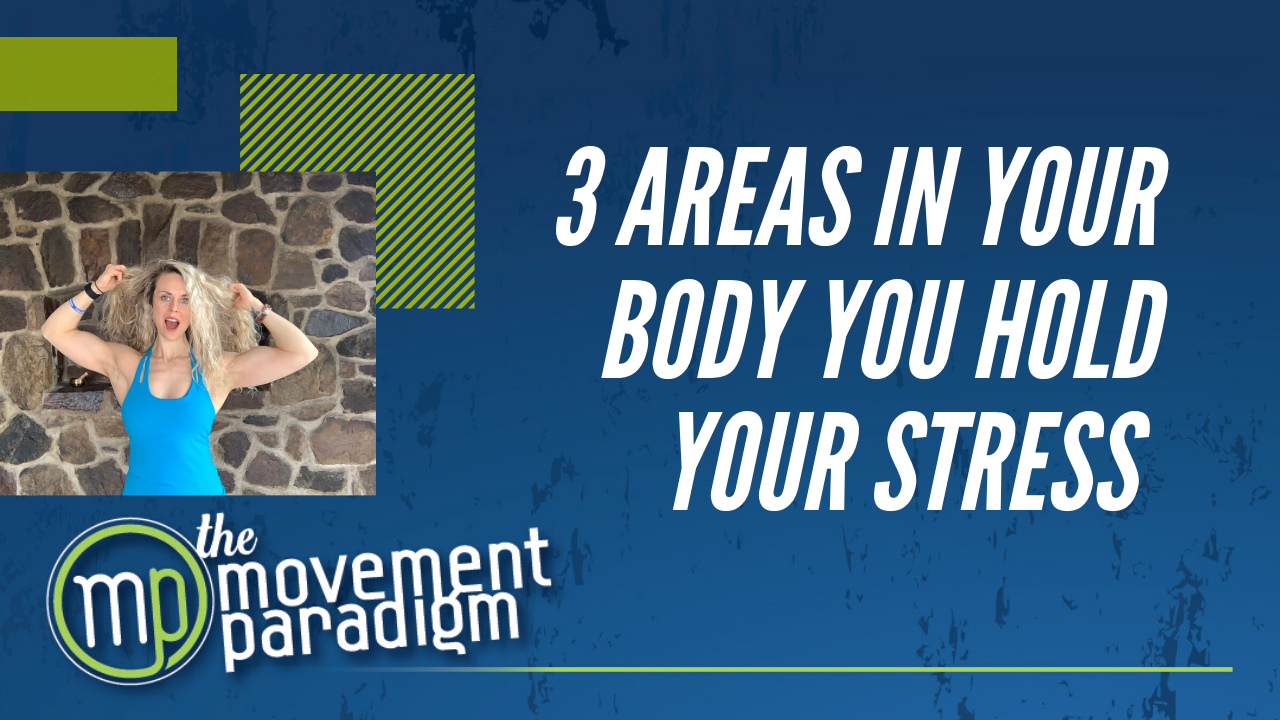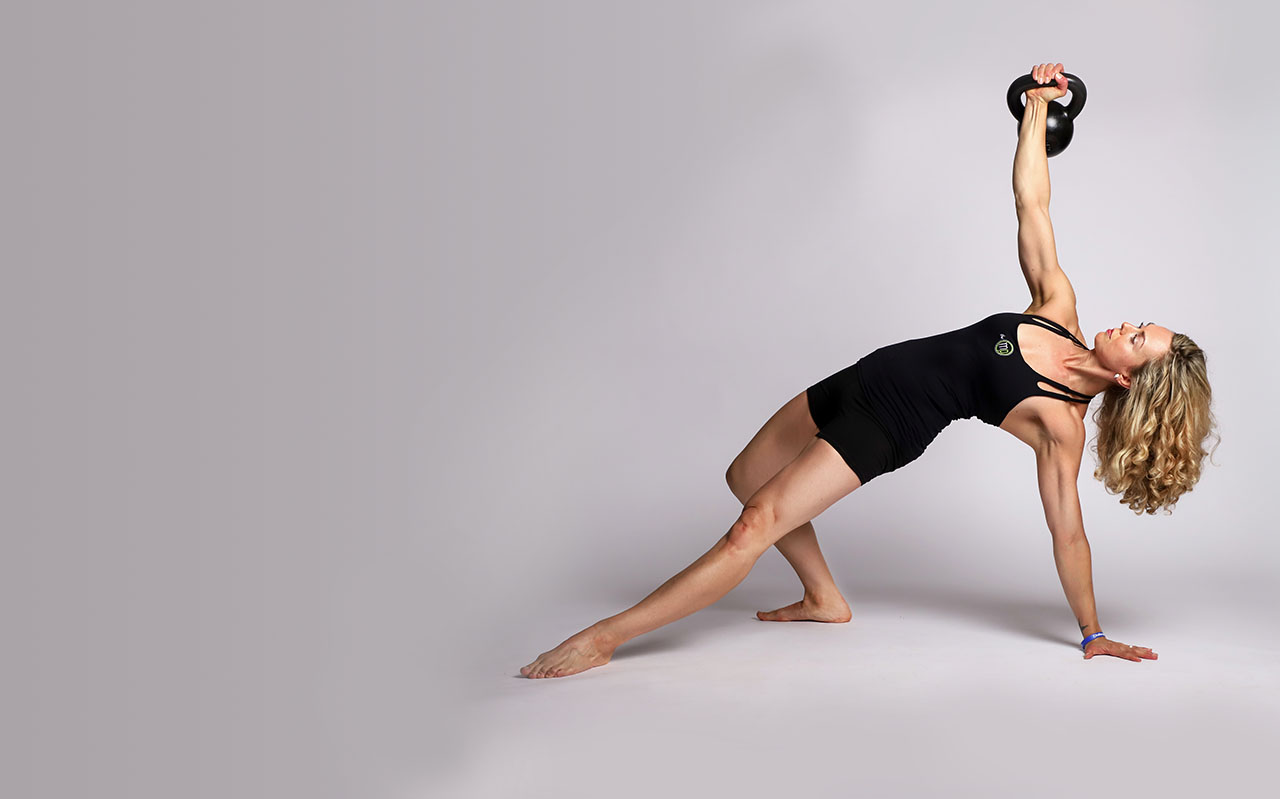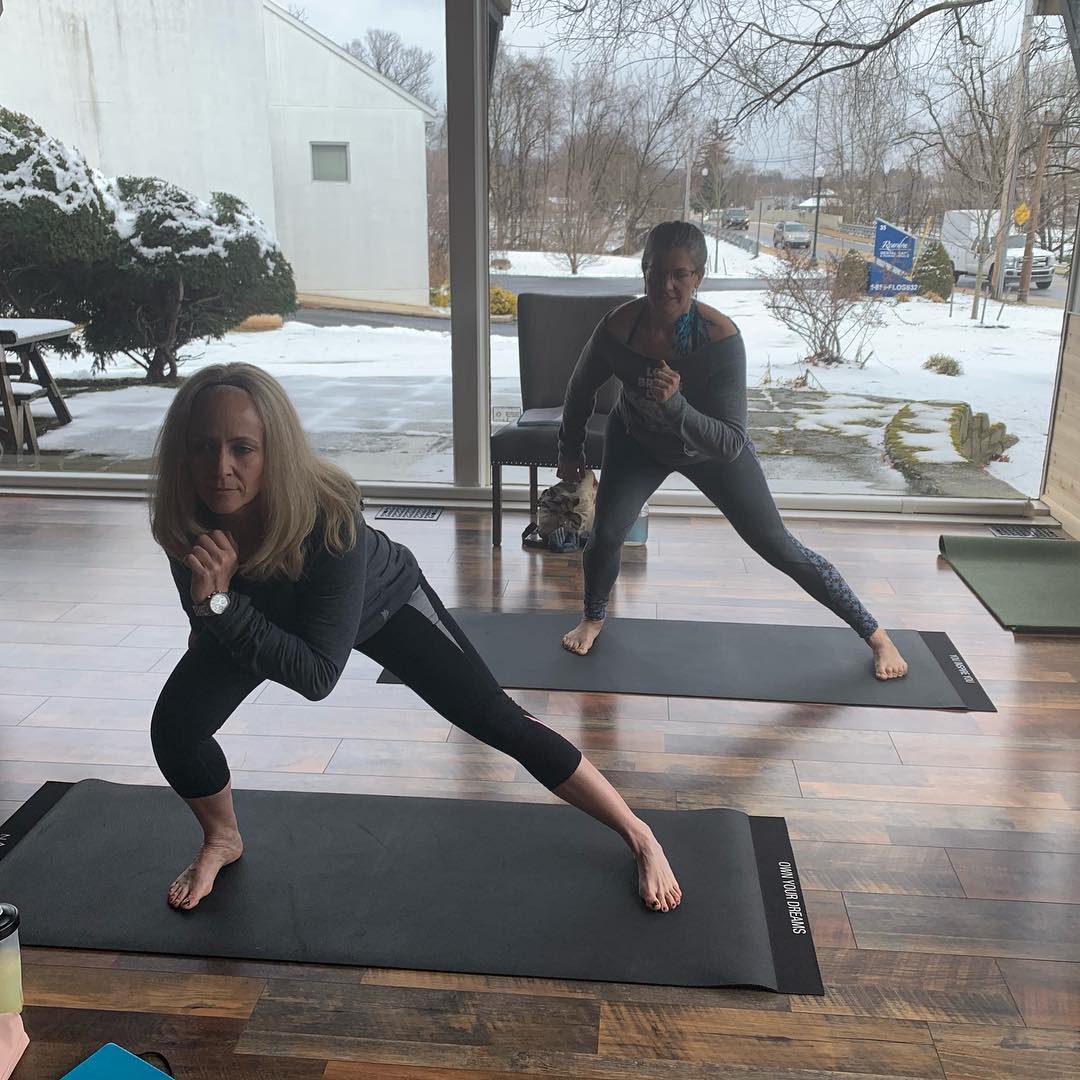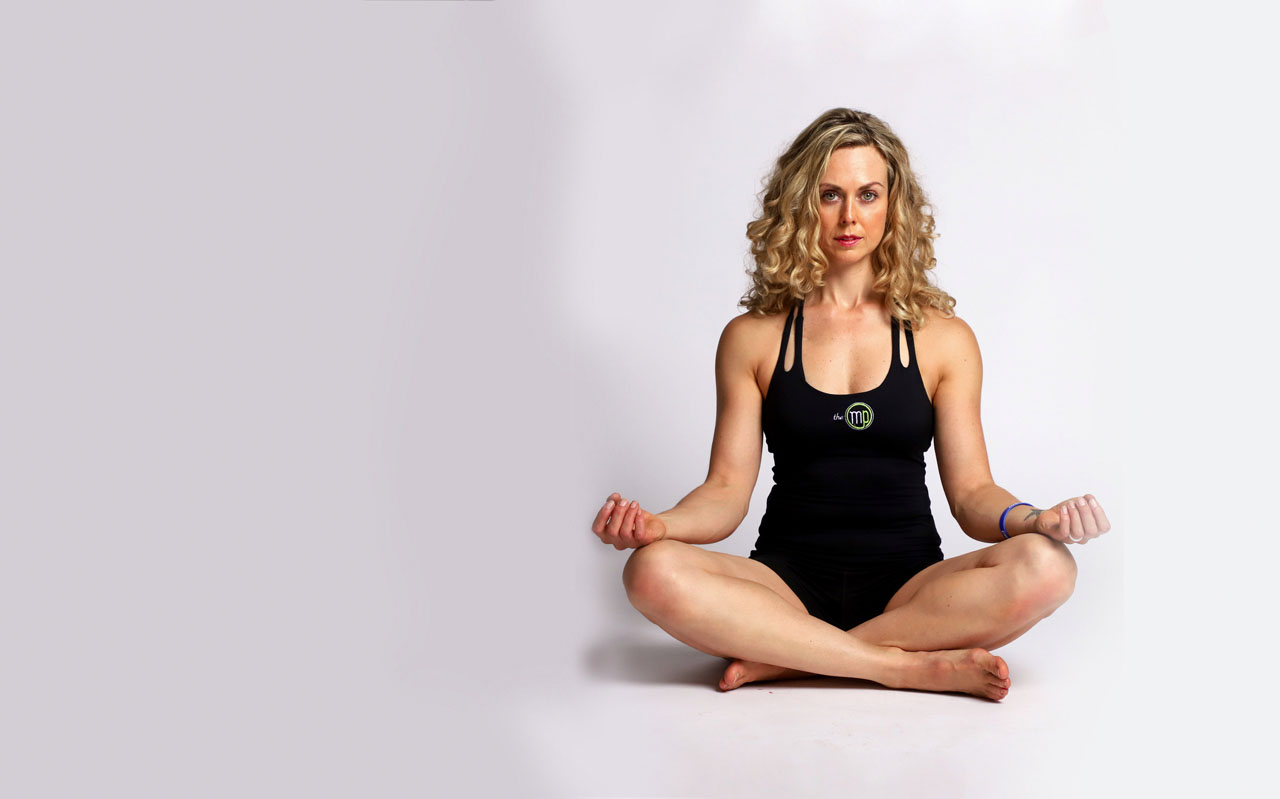Did you know that there are three primary areas of the body that typically hold tension? All of us have preferred places in our bodies where our pain, worry, and fears are most readily expressed in muscular tension. The three key areas in the body that have the potential to be most affected by emotional forces are the pelvic floor, the diaphragm, and the jaw.
Many of you have experienced tension in your neck and jaw and tightness in your low back. This can be driven primarily by emotions. If we think of it this way, pleasurable experiences typically will cause us to relax, energize, and expand. Conversely, unpleasant experiences are going to typically cause us to contract, be tenser, and possibly even depressed. We must recognize that this stress or muscular tension that we are holding in these three primary areas is subconscious and that rather than just addressing the symptom, we have to focus on what is the root cause. Is there another way for you to express your emotion? Meditation, mindfulness, yoga, journaling, and talking to a friend or talking to a psychologist are all really powerful and often necessary. I’m going to discuss some quick bio hacks that can help with addressing these tensions and hopefully make you feel great.
Jaw
Many people tend to clench their jaw or grind their teeth, whether that’s during the day or at night. This is a subconscious behavior indicating that the nervous system is in survival mode. Here are two easy things that you can do while you’re brushing your teeth and then also during your workday that are very simple to relieve jaw tension and hopefully retrain and reprogram yourself to not clenching your jaw.
- The first thing is to make sure that you have the optimal tongue position. Make sure that the tongue is resting on the roof of the mouth and the back of the front teeth. You’ll want to make sure that your teeth are slightly apart and your lips are gently closed. If you make a humming sound, your tongue will naturally be in the ideal position. Practice this multiple times a day to make sure you are tuning in. Also, when you are breathing diaphragmatically, your tongue would be in it’s resting position.
- Another aspect of jaw tension is when your jaw is compensating for other things. For example, if there’s a lack of core stability and tension in the abdomen, you could be clenching your jaw to create stability. You do want to be properly evaluated but if you know that your jaw is tight you can do this release. Your masseter muscle is right on the outside of the jaw. Then you have your lateral pterygoid, which points up toward the ear and then the medial pterygoid, which goes down toward the bottom of the jaw, like scissors. You can take your toothbrush in your mouth and move it up toward your ear to release the lateral pterygoid. You do this by holding your toothbrush in your mouth in that direction on the right side and then moving your jaw down, left, up, and then to the right. Then to release the medial pterygoid you would stick your toothbrush in your mouth again but this time toward the bottom of your jaw. Then, while holding the toothbrush on the right side you will move your jaw down, left, and then close. Now, to release the masseter, you will hold your fingers against the outside of your jaw on the left and then move your jaw down, right, and then close. You can do all of these on both sides. You can also use this as an assessment to see how tight your jaw is.
Diaphragm
This tends to be an area where we can hold a lot of emotional tension and grief. We breathe 20 to 25,000 times a day so how you breathe matters. It’s not just about if you’re breathing to stay alive, it’s how you’re breathing. With practice and conscious regulation of this muscle, we can regulate our response and our emotions. However, during times of high stress, like right now in the world, the diaphragm can become very restricted which therefore can cause one of your most common complaints which is neck tension. Many will say “I hold my tension in my neck,” but that’s because they are breathing from the neck and shoulders, as opposed to the diaphragm.
You can check out my other video on how breathing is your superpower. But, for now, try to take three diaphragmatic breaths every hour. This means that you’re breathing in through the nose, ideally out through the nose, if possible, and you’re expanding your abdomen 360 degrees. That means that your chest will not rise up and down, but your abdomen will expand. The longer the exhalation, the more of a relaxation response you will have.
You want to start with a breath that feels comfortable for you. For example, three seconds in and three seconds out. As you feel more comfortable please try to extend your inhalation, exhalation, and even your pauses at the subtle shift before your exhalation, and then before your inhalation. This can be calming for the nervous system, but it also allows you this opportunity to tune in with what’s happening in your body, to be mindful, to understand what your emotions and thoughts are, and what your physical sensations are.
Pelvic Floor
This is often considered taboo, however, is one of the primary areas for men and women, where we unconsciously store emotions. This is also based on Eastern and Western medicine as it relates to the chakras, but also science.
The pelvic floor is critical for our emotional and energetic health. Think of dogs when they are expressing their emotions or they have done something wrong and their owner is upset; the dog will tuck their tail between their legs. That is the same concept of what happens where as humans, we create this tension in the pelvic region and we don’t even know it’s there. Pelvic floor issues are very commonly present as hip pain, low back pain, and sometimes even knee pain. It can be something that is an underlying issue that is often overlooked but very common. Here are two exercises that you can do to relax your pelvic floor.
- Rock on your forearms: Place your elbows outside of your shoulder, knees outside of your hip, and keep your eyes gazing towards your fingertips. Inhale as you rock back, exhale as you rock forward. Make sure you keep your spine nice and straight. Your eyes gazing forward will allow that to happen. Inhale as you go back to relax the pelvic floor, exhale as you go forward belly button will go in towards your spine.
- Happy baby: Lie on your back, grab your toes, outside of your shin, or inside of your shin. Inhale all the way down to the pelvic floor to relax it and you can rock gently back and forth.
In summary, start with the tongue on the roof of the mouth and resting on the back of the teeth. When you inhale, your pelvic floor is relaxing. The deeper your diaphragmatic breath, as that intra-abdominal pressure goes down, your pelvic floor is lengthening and relaxing. When you exhale, your abdomen tightens up like a corset. Just your breath alone with the proper positioning of your tongue can address all of these areas of emotion or muscular tension. Then, you can integrate that into your movement. When you are doing the happy baby or rocking on your forearms, make sure you integrate all those aspects together. Especially during this challenging time, make sure to be kind to yourself and the emotions you are feeling right now.
If you need help on your journey to better health, contact [email protected] to schedule.
For more content, make sure to subscribe to my YouTube channel here.
Other things that may interest you:
Vagus Nerve Hack | Auricular Ear Release








